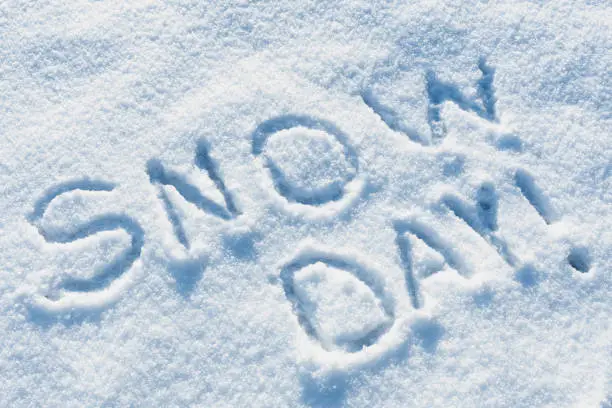Winter brings a certain magic, especially when fluffy snow blankets the ground and gives kids a reason to celebrate. But with that beauty comes uncertainty—will school be canceled? Enter the Snow Day Calculator, your new best friend during those chilly months. This innovative tool harnesses real-time weather data to help you predict whether classes will be called off due to inclement weather. Imagine waking up in anticipation, only to find that your day is free for snowball fights or cozy movie marathons! Let’s dive into how this calculator works and why it’s becoming an essential part of winter for families everywhere.
How Does It Work?
The Snow Day Calculator harnesses advanced algorithms to analyze weather data. It collects real-time information from various sources, including radar and satellite imagery.
Once the system gathers this data, it assesses key factors like temperature, snowfall accumulation, wind speed, and local conditions. The calculator then compares these metrics against historical patterns of school closures in your area.
Users input their location to receive tailored predictions specific to their district’s closure history. This localized approach increases accuracy and relevance for families waiting for that coveted snow day announcement.
Alerts are often sent via app notifications or email so you can stay updated without constantly checking the news. With just a few clicks or taps on your device, you can be informed about potential school closures before they officially happen.
Benefits of Using Snow Day Calculator
Using a Snow Day Calculator brings clarity to uncertain winter mornings. With real-time weather data, you can make informed decisions about school closures.
These tools analyze various factors like snowfall predictions, temperature drops, and local conditions. This means you receive tailored insights specific to your area.
Another advantage is the time saved in checking multiple sources for updates. Instead of scrolling through news sites or social media feeds, all necessary information is at your fingertips.
Additionally, many calculators offer notifications and alerts directly to your phone or email. This proactive approach ensures you’re always in the loop without constant checking.
For parents juggling work and family responsibilities, this feature can be invaluable. It allows for better planning when snow impacts daily routines.
In essence, a Snow Day Calculator not only simplifies tracking potential closures but also enhances communication during unpredictable weather events.
Real-Life Success Stories
Many families have experienced the magic of a snow day thanks to the Snow Day Calculator. One parent shared how they used it last winter, predicting closures accurately for their kids’ school district. The excitement was palpable as the forecast indicated heavy snowfall.
Another success story involved a teacher who relied on real-time updates from the calculator before commuting. Instead of braving treacherous roads, they stayed home and enjoyed hot cocoa with their family while avoiding potential hazards.
Even students are getting in on the action. A group of friends coordinated plans for a sledding day after confirming via the calculator that school would be closed due to severe weather conditions.
These stories highlight not just convenience but also safety during unpredictable winters. Families are embracing technology and feeling empowered by accurate predictions, turning uncertainty into delightful opportunities for fun and relaxation at home.
Tips for Accurate Predictions
To enhance the accuracy of your Snow Day Calculator predictions, consider a few essential tips.
First, keep an eye on local weather patterns. Understanding how your region reacts to snowfall can provide valuable context for the calculator’s data.
Next, factor in school district policies. Each district may have different thresholds for snow accumulation and temperature that trigger closures. Knowing these specifics helps refine predictions.
Also, check multiple weather sources. Different forecasts can yield varying data points; cross-referencing them offers a clearer picture of conditions ahead.
Don’t underestimate social media updates from schools or districts. They often share real-time information that could change rapidly due to unforeseen circumstances.

